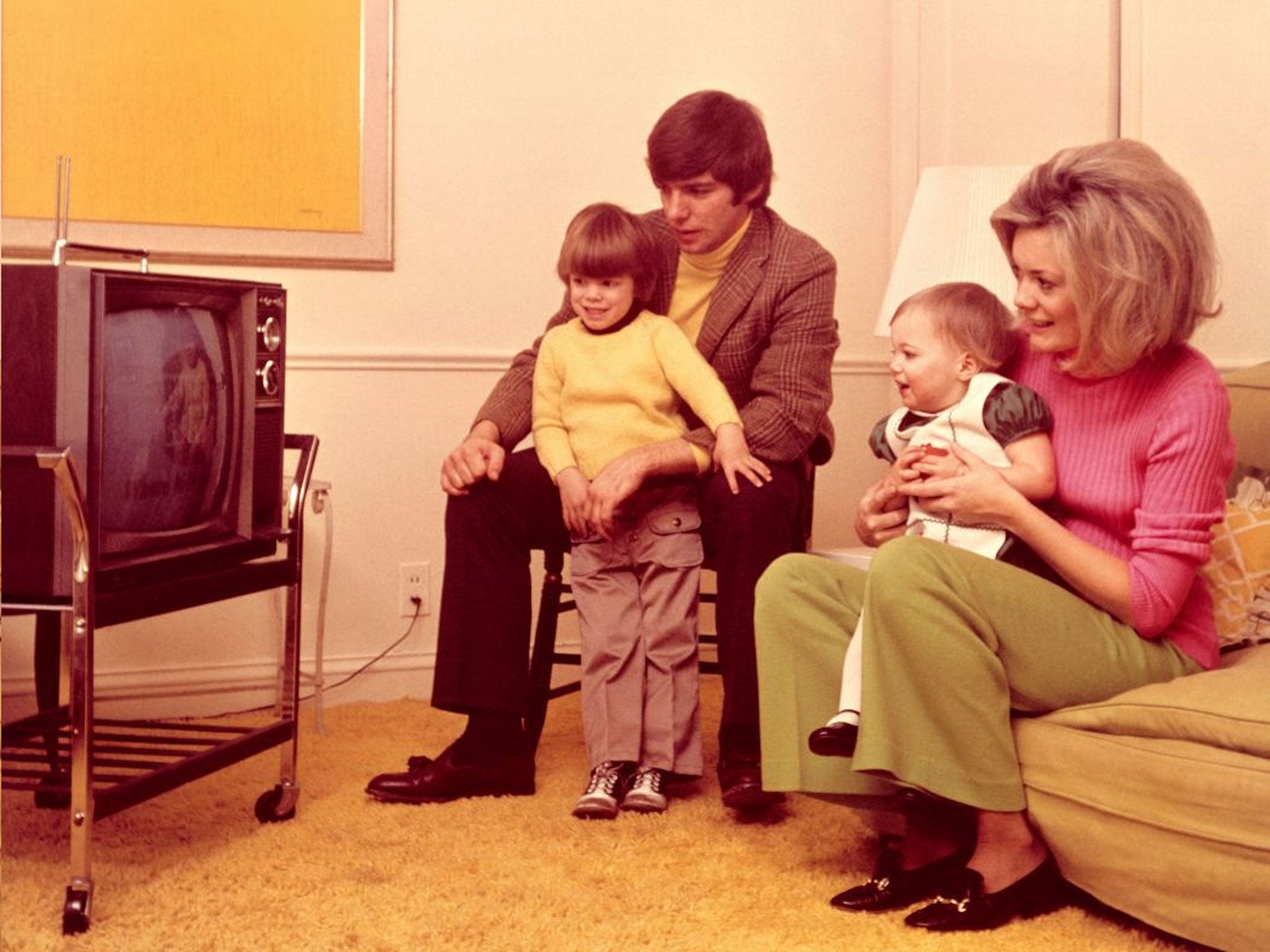Children watch half as much TV as adults, heading online instead
Even when young people are watching TV, they tend to do something else, too

Your support helps us to tell the story
From reproductive rights to climate change to Big Tech, The Independent is on the ground when the story is developing. Whether it's investigating the financials of Elon Musk's pro-Trump PAC or producing our latest documentary, 'The A Word', which shines a light on the American women fighting for reproductive rights, we know how important it is to parse out the facts from the messaging.
At such a critical moment in US history, we need reporters on the ground. Your donation allows us to keep sending journalists to speak to both sides of the story.
The Independent is trusted by Americans across the entire political spectrum. And unlike many other quality news outlets, we choose not to lock Americans out of our reporting and analysis with paywalls. We believe quality journalism should be available to everyone, paid for by those who can afford it.
Your support makes all the difference.Many young people are giving up on live TV and radio, instead choosing digital services where they can choose watch they watch, according to new research.
Ofcom studied young people’s media habits as part of its Digital Day report, comparing their relationship with media to adults’.
The average child watched 1 hour and 32 minutes of live TV, almost exactly half that of the average adult. Instead they are turning to internet video sites, like YouTube and Vimeo, as well as video hosted on social networking sites like Twitter and Facebook.
That’s in sharp contrast to adults, who only spend five minutes a day watching online video.
Children also seem to be giving up on live radio, and instead spend 50% of their time listening with digital music. They tend to favour platforms that let them choose their own music, such as streaming services or downloaded tracks.
The 11-15 year olds were likely to be doing more than one activity at the same time, meaning that they were squeezing nine and a half hours’ worth of media activity into seven hours. While the younger group multitasked less, they still tended to spend much of their time with more than one media device.
A sample of 1,644 UK adults took part in the main study in March-April 2014. A children’s sample of 185 primary school children and 173 secondary school children took part, completing a three-day diary made up of two weekdays and one day on a weekend.
Join our commenting forum
Join thought-provoking conversations, follow other Independent readers and see their replies
Comments